Lithium Ion
-
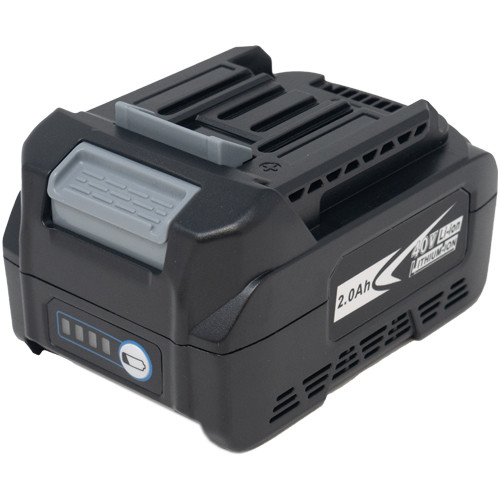
-
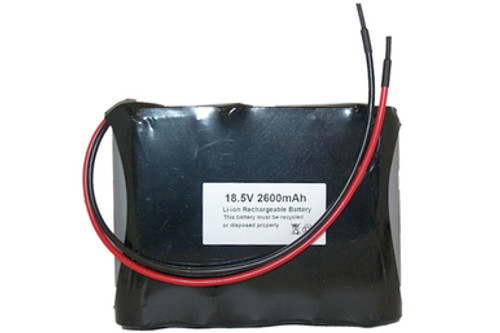
-
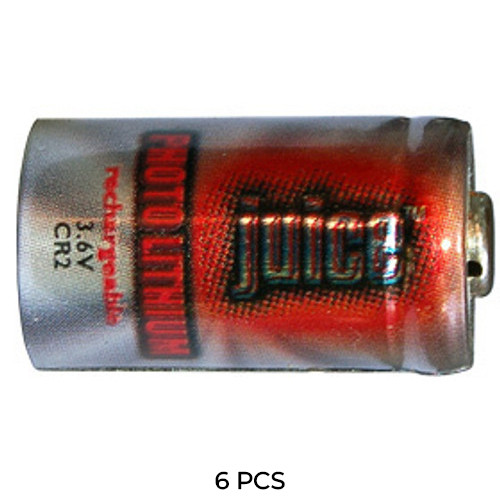
-
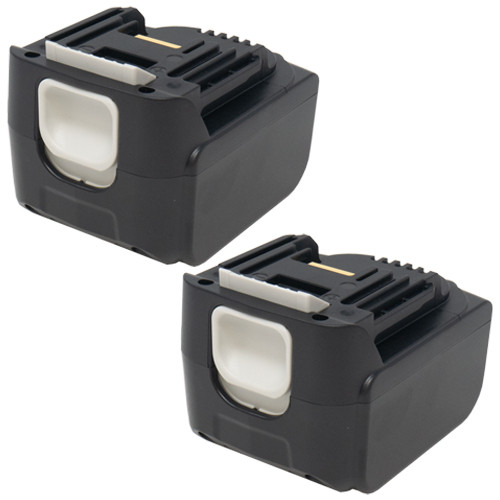
-

-
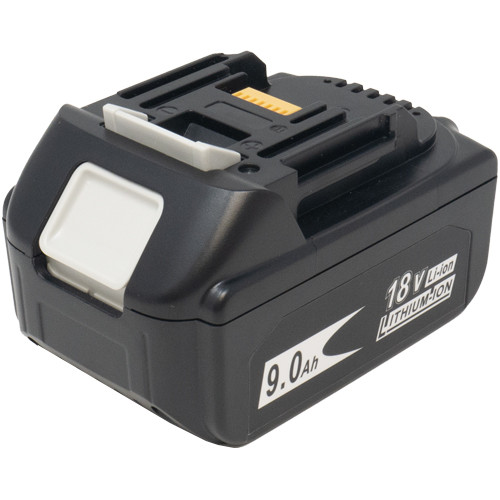
-
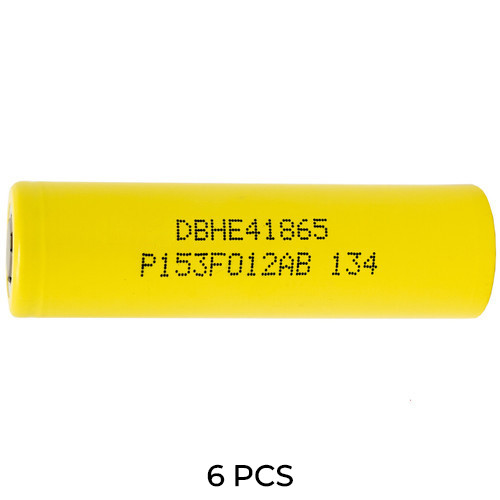
-
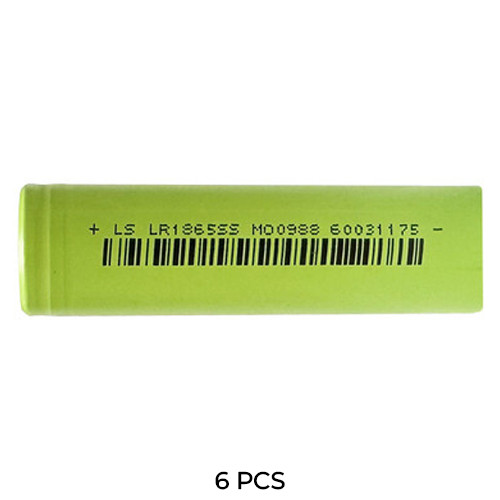
-
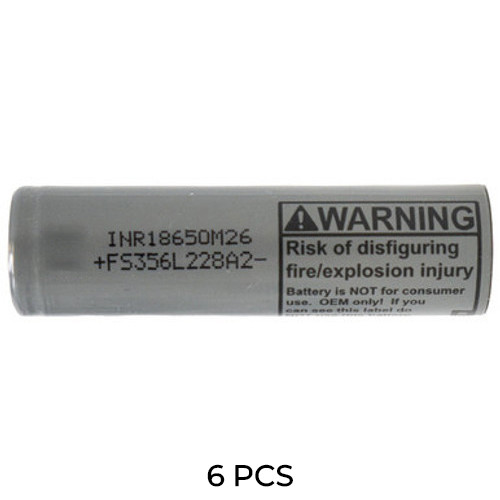
-
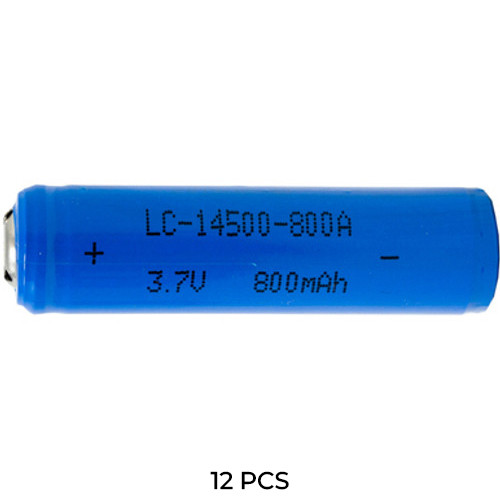
Power Portable
12-Pack 3.7 Volt AA 14500 Lithium Ion Button Top Batteries (800 mAh) with PCB Protection
$85.99As low as: -
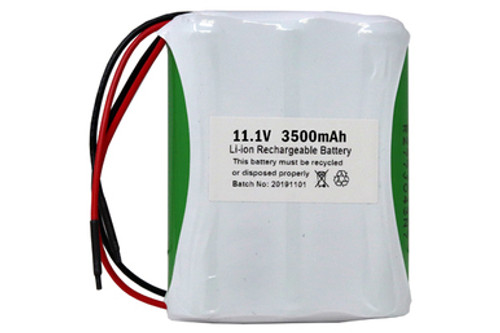
-
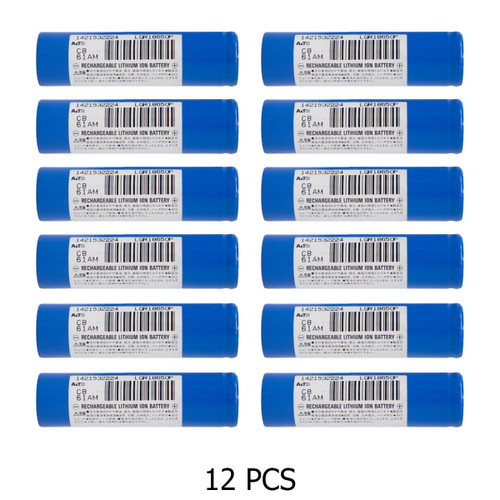
-

-
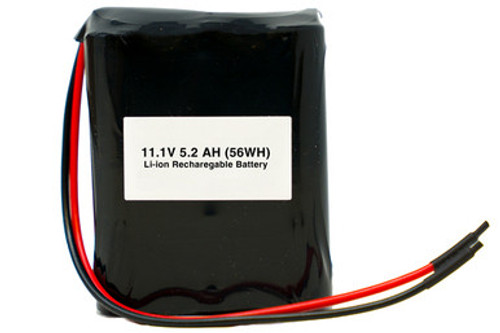
-

Power Portable
7.4 Volt Lithium Ion Battery Pack (8800 mAh) with Protection IC & Leads
$89.59As low as: -
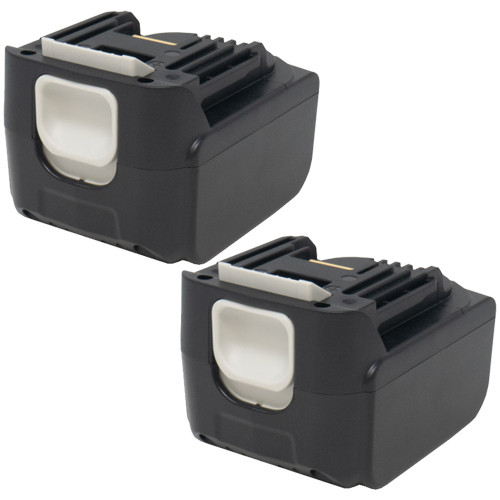
-

-

-

-

-
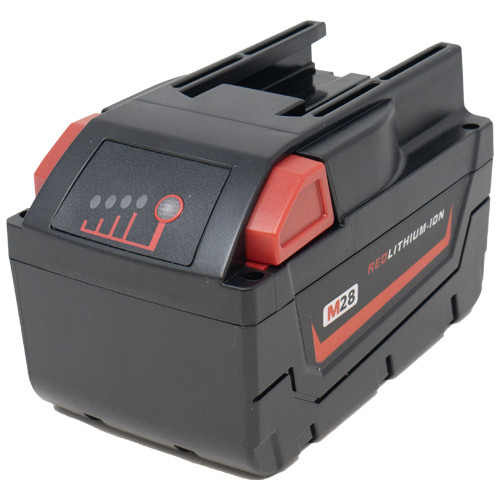
LITHIUM ION RECHARGEABLE BATTERIES
Unlocking the Potential of Lithium-Ion Batteries and Chargers
In today's digitally-driven world, where mobility and convenience are paramount, lithium-ion batteries have emerged as the backbone of countless electronic devices, from smartphones and laptops to electric vehicles and power tools. Offering high energy density, long cycle life, and rapid charging capabilities, lithium-ion batteries have revolutionized the way we power our lives.
Understanding the Chemistry of Lithium-Ion Batteries
At the heart of every lithium-ion battery lies a complex electrochemical system that enables the storage and release of electrical energy through reversible chemical reactions. Unlike traditional lead-acid or alkaline batteries, which rely on aqueous electrolytes, lithium-ion batteries employ non-aqueous electrolytes and lithium-based chemistries to achieve superior performance and efficiency. The key components of a lithium-ion battery include:
Cathode: The cathode of a lithium-ion battery is typically composed of a transition metal oxide, such as lithium cobalt oxide (LiCoO2), lithium iron phosphate (LiFePO4), or lithium manganese oxide (LiMn2O4). During discharge, lithium ions migrate from the cathode to the anode through the electrolyte.
Anode: The anode of a lithium-ion battery is typically made of graphite or other carbon-based materials capable of intercalating lithium ions during charging. As the battery discharges, lithium ions are released from the anode and travel back to the cathode.
Electrolyte: The electrolyte in a lithium-ion battery is a non-aqueous solution containing lithium salts dissolved in an organic solvent, such as ethylene carbonate (EC) or propylene carbonate (PC). The electrolyte facilitates the transport of lithium ions between the cathode and anode during charge and discharge cycles.
Separator: The separator in a lithium-ion battery is a microporous membrane that physically separates the cathode and anode while allowing the passage of lithium ions. The separator prevents internal short circuits and maintains the integrity of the battery structure during operation.
Applications and Variants of Lithium-Ion Batteries
Lithium-ion batteries come in a multitude of shapes, sizes, and configurations, each tailored to specific applications and performance requirements. Some common variants of lithium-ion batteries include:
AAA 3.7 Volt Lithium-Ion 10440 Battery (350 mAh): These compact cylindrical batteries are commonly used in small electronic devices such as flashlights, remote controls, and electronic toys.
AA 3.7 Volt Lithium-Ion 14500 Battery (750 mAh): Larger in size than AAA batteries, AA lithium-ion batteries offer higher capacity and are suitable for medium-power devices such as digital cameras, handheld gaming consoles, and portable audio players.
18650 Toshiba 3.6 Volt Lithium-Ion Battery (1650 mAh): Named for its dimensions (18mm in diameter, 65mm in length), 18650 batteries are widely used in laptops, power banks, electric vehicles, and other high-drain devices due to their high energy density and long cycle life.
4/3 A 3.7 Volt Lithium-Ion 18500 Battery (1600 mAh): Slightly larger than AA batteries, 18500 lithium-ion batteries are commonly found in cordless power tools, medical devices, and LED flashlights, offering a balance of power and portability.
Panasonic Lithium-Ion CGR17500 Battery (830 mAh): Known for their high energy density and reliability, Panasonic lithium-ion batteries are widely used in professional photography equipment, medical instruments, and industrial automation systems.
BK062265 3.7 Volt Lithium-Ion Rectangular Battery (800 mAh): Rectangular lithium-ion batteries are often used in slim and compact devices such as Bluetooth headsets, wearable fitness trackers, and smartwatches, where space is limited.
Innovations in Lithium-Ion Battery Technology
As demand for portable electronic devices and electric vehicles continues to rise, manufacturers are constantly striving to improve the performance, safety, and sustainability of lithium-ion batteries. Some notable advancements in lithium-ion battery technology include:
Solid-State Electrolytes: Solid-state electrolytes offer enhanced safety and stability compared to traditional liquid electrolytes, reducing the risk of thermal runaway and battery fires. Solid-state batteries also enable higher energy densities and faster charging rates, paving the way for next-generation electric vehicles and grid-scale energy storage systems.
Silicon Anodes: Silicon anodes have the potential to increase the energy density of lithium-ion batteries by several-fold compared to graphite anodes. By leveraging the high theoretical capacity of silicon to alloy with lithium, researchers are working to overcome the challenges of silicon expansion and contraction during charge and discharge cycles to commercialize silicon-based lithium-ion batteries.
Lithium-Sulfur Batteries: Lithium-sulfur batteries offer significantly higher energy densities than traditional lithium-ion batteries, making them an attractive option for electric vehicles and aerospace applications. By replacing the heavy transition metal oxides in cathodes with lightweight sulfur, lithium-sulfur batteries promise to revolutionize the energy storage industry with their low cost, abundance, and environmental friendliness.
Advanced Battery Management Systems (BMS): Integrated battery management systems play a crucial role in optimizing the performance and lifespan of lithium-ion batteries by monitoring cell voltage, temperature, and state of charge. Smart BMS solutions enable real-time data logging, remote diagnostics, and predictive maintenance, ensuring safe and reliable operation of battery-powered devices and vehicles.
Choosing the Right Battery Charger
In addition to selecting the right lithium-ion battery for your application, it's essential to invest in a high-quality battery charger to ensure optimal performance and longevity. When choosing a battery charger, consider the following factors:
Compatibility: Ensure that the charger is compatible with the specific chemistry and voltage of your lithium-ion batteries. Some chargers may support multiple battery chemistries, including lithium-ion, lithium polymer, nickel-metal hydride (NiMH), and nickel-cadmium (NiCd).
Charging Speed: Look for a charger with adjustable charging rates or fast-charging capabilities to minimize downtime and maximize productivity. High-speed chargers can replenish lithium-ion batteries in a fraction of the time compared to conventional chargers, making them ideal for users with demanding schedules.
Safety Features: Choose a charger with built-in safety features such as overcharge protection, short-circuit protection, and reverse polarity protection to prevent damage to your batteries and ensure safe operation. Advanced chargers may also incorporate temperature sensors and voltage monitors to detect abnormalities and automatically shut down in case of a malfunction.
Portability: Consider the size, weight, and portability of the charger, especially if you need to charge batteries on the go or in remote locations. Compact, lightweight chargers with USB or car adapter compatibility offer added convenience for travelers, outdoor enthusiasts, and professionals working in the field.
Smart Charging Algorithms: Opt for a charger with intelligent charging algorithms that optimize the charging process based on the battery's state of charge, temperature, and chemistry. Smart chargers can prolong the lifespan of lithium-ion batteries by preventing overcharging, undercharging, and voltage spikes that can degrade battery performance over time.
Lithium-ion batteries have revolutionized the way we power our lives, offering unparalleled performance, versatility, and convenience across a wide range of applications. From small button cells to large cylindrical batteries, lithium-ion technology has become the gold standard for portable electronic devices, electric vehicles, renewable energy systems, and beyond. By understanding the chemistry, construction, applications, and advancements of lithium-ion batteries, consumers can make informed decisions and harness the full potential of this transformative technology. With the right battery charger and proper care, lithium-ion batteries can provide years of reliable power and help shape a more sustainable and connected future for generations to come.

